Building a Strong Learning Community: Networking and Collaborating with Peers
May 18, 2023 2023-05-18 4:42Building a Strong Learning Community: Networking and Collaborating with Peers
Building a Strong Learning Community: Networking and Collaborating with Peers
Learning is not just about acquiring knowledge; it’s also about building connections and relationships with others. When learners connect and collaborate with their peers, they can build a strong learning community that enhances their educational experience. In this article, we’ll explore the benefits of building a learning community and provide tips for networking and collaborating with peers.
Benefits of a Learning Community
A learning community is a group of learners who come together to share their experiences, knowledge, and skills. When learners join a learning community, they can benefit in many ways:
- Enhanced learning: Learning from others can provide different perspectives and insights that can enhance the learning experience.
- Support system: A learning community can provide emotional and academic support that can help learners overcome challenges and achieve their goals.
- Networking opportunities: Connecting with peers can provide networking opportunities that can lead to professional connections and future job opportunities.
- Collaboration: Collaborating with peers can improve teamwork skills and provide opportunities to work on group projects or assignments.
How to Build a Learning Community
Building a learning community requires effort and commitment from learners. Here are some tips for networking and collaborating with peers:
- Participate in online forums and discussions: Most online courses provide a platform for learners to connect and engage in discussions. Learners should actively participate in these forums and engage with their peers.
- Attend virtual study groups or events: Learners can join virtual study groups or attend online events to connect with peers who have similar interests or goals.
- Collaborate on assignments: Working on group assignments or projects can provide opportunities for learners to collaborate and build relationships with their peers.
- Reach out to instructors: Learners can reach out to their instructors for guidance and support. Instructors can provide feedback and connect learners with peers who have similar interests.
Tips for Networking and Collaborating
Networking and collaborating with peers require effective communication and interpersonal skills. Here are some tips for building strong connections with peers:
- Be respectful and professional: Learners should always be respectful and professional when communicating with their peers.
- Be open-minded: Learners should be open to different perspectives and ideas. Being open-minded can lead to new insights and learning opportunities.
- Be responsive: Learners should respond to their peers in a timely manner and provide constructive feedback.
- Be proactive: Learners should take initiative and suggest ideas or solutions for group projects or assignments.
- Be supportive: Learners should provide emotional and academic support to their peers when needed.
Building a learning community is essential for enhancing the educational experience. By networking and collaborating with peers, learners can gain new insights, build connections, and achieve their educational goals. By actively participating in online forums and discussions, attending virtual study groups or events, collaborating on assignments, and reaching out to instructors, learners can build a strong learning community that supports their academic and professional growth.






